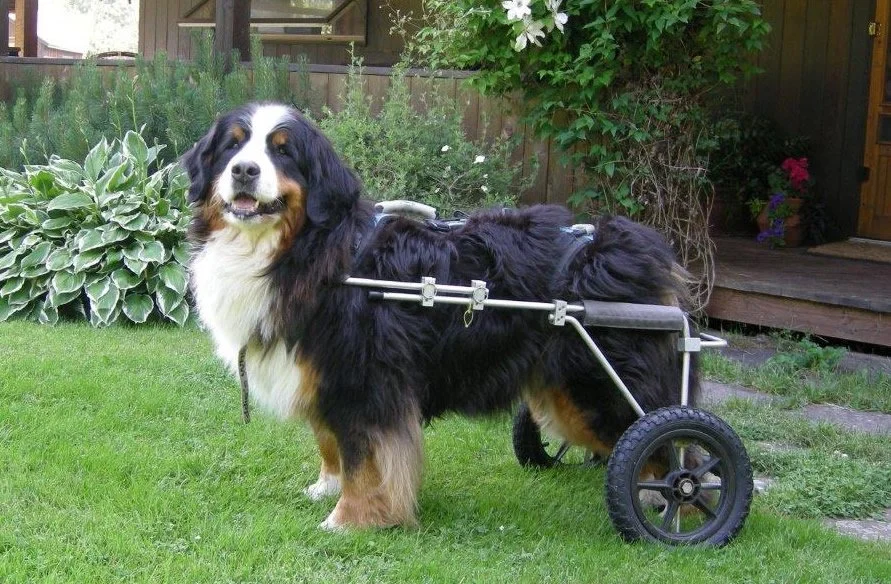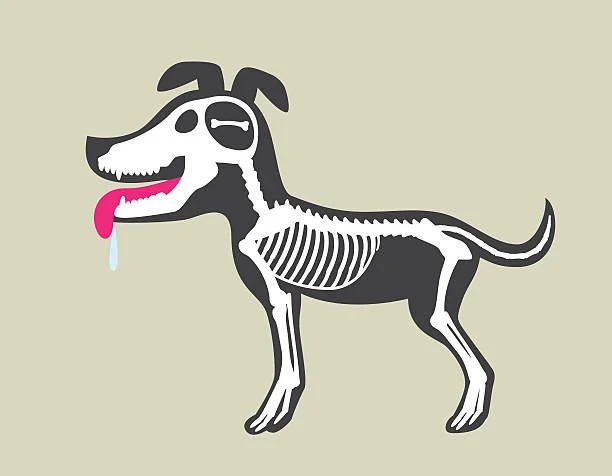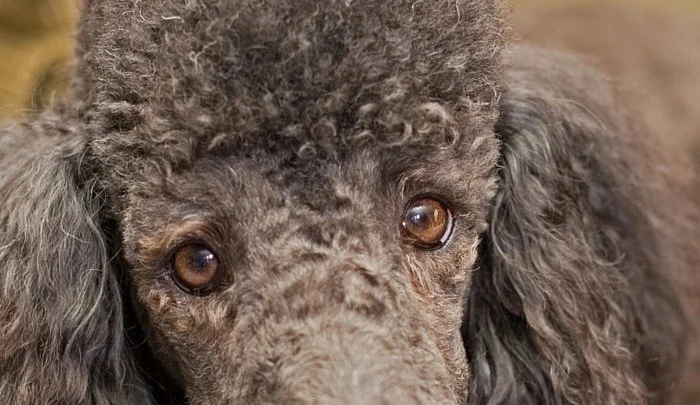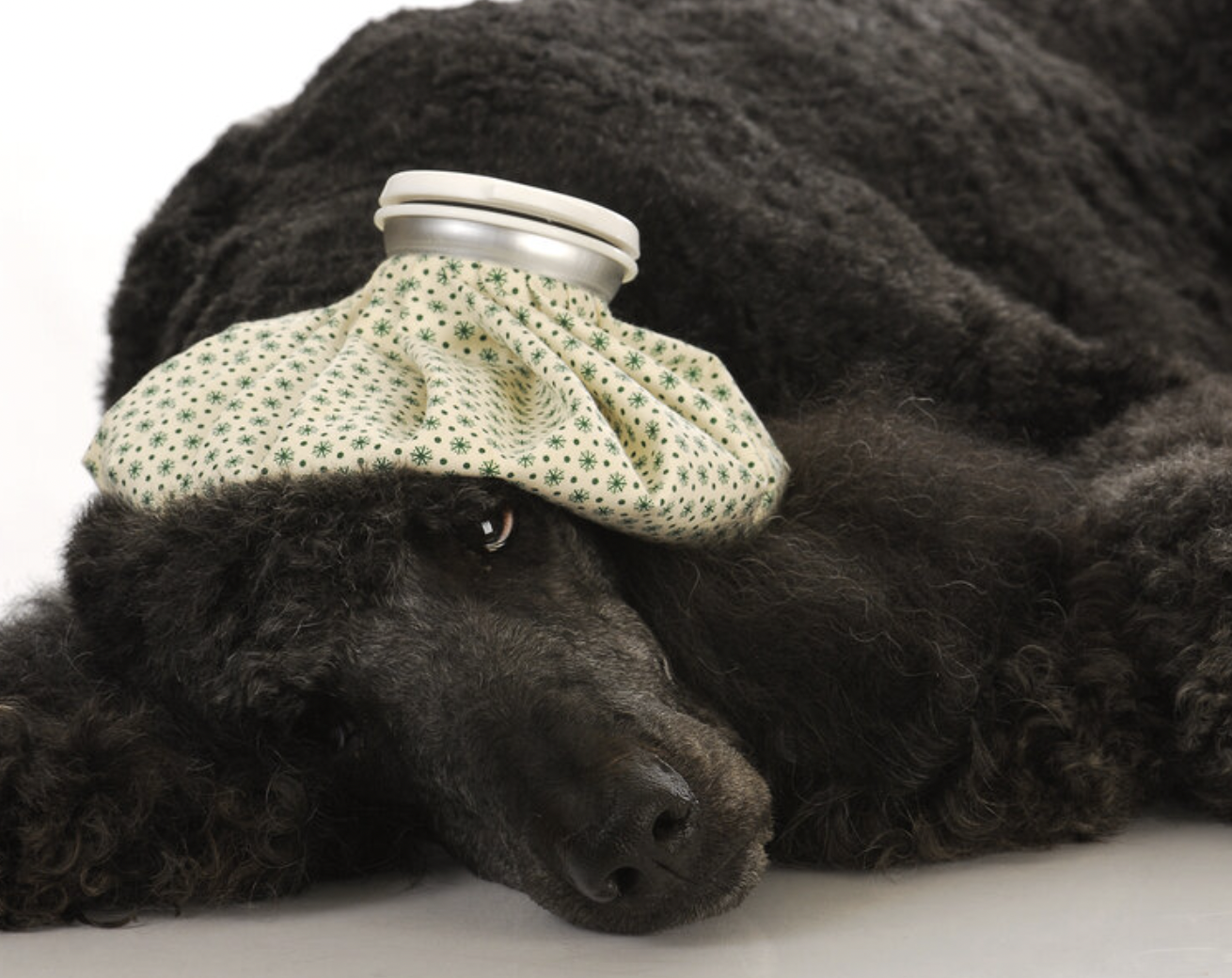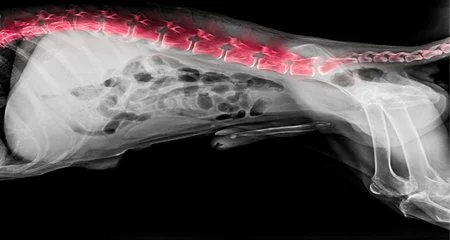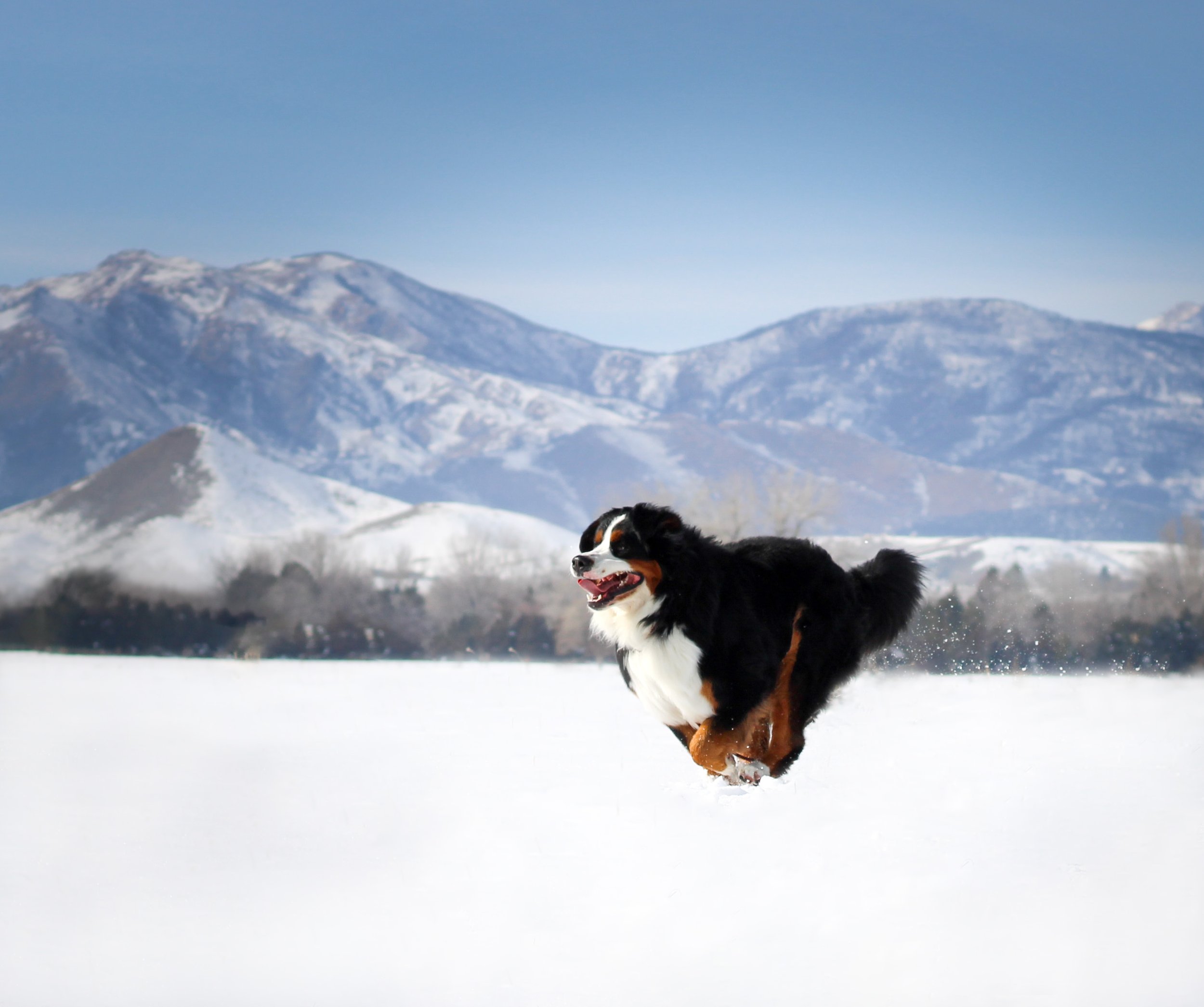
Our Commitment to Health
When selecting a program to buy your new family member from, understanding how they prioritize health is a must. Most breeders mention some form of health screening, however very few have a universal and defined testing standard with publicly available results. It is the most inconsistent aspect we see across other breeding programs, when it should be a top priority. Whether you choose to buy your new puppy from us or another breeder, we highly recommend reading through this page to ensure you know what to look for!
Understanding Hip Dysplasia & How to Combat It
First and foremost with Bernedoodles, making sure their hips are healthy is of the utmost importance. If you’ve never dealt with Canine Hip Dysplasia (CHD) or Osteoarthritis (OA), you’re lucky. It’s a disease that completely destroys a dogs mobility, and, sadly, is very common in Bernedoodles. We believe in doing everything we can to ensure our pups have the ability to run, play and be physically independent. To that point, you will not find another program that takes CHD as seriously as us.
Assuming they have the integrity to screen at all, breeding programs have a choice between two tests to measure hip dysplasia risk: through the Orthopedic Foundation For Animals (OFA) or through the University of Pennsylvania Hip Improvement Program (PennHip). The OFA test is repeatedly shown in scientific literature to have ZERO correlation with CHD prevalence when utilized for generational breeding. PennHip, on the other hand, has thirty years of research validating its efficacy in assessing dysplasia risk. From our research, we are the only Bernedoodle program that uses PennHip as the standard for ALL of our breeding dogs. Even the American Veterinary Medical Association (see quotes below) finds that standards like ours are the only effective way to decrease the prevalence of hip dysplasia in future generations.
The Superiority of PennHip Over OFA
Every dog is born with a different level of connective tissue “looseness” in their hips. Research has shown this laxity is related to the onset and prevalence of osteoarthritis throughout a dog’s life. The looser the hip, the more problems a dog will have. Both PennHip and OFA aim to discern a dog’s hip tightness and associated CHD risk. The important difference between the two tests is the process by which they determine hip joint laxity, as well as the amount of information conveyed by the results. Simply put, PennHip takes an objective measurement that is compared to a universal database of results while all OFA offers is a subjective guestimate that is not correlated to any other findings. Let us explain.
PennHip is a time-tested, research-validated assessment involving the use of 3 separate radiographs to measure hip joint laxity. Tests can only be performed by veterinarians who are certified in the PennHip protocol, and require the dog to be anesthetized to ensure every radiograph is taken in the appropriate, standardized way. While immobile, the certified veterinarian takes three radiographic images of both hips. The first image is of the hip in an extended position, meaning the legs are pulled behind the dog’s hips, similar to when they are running. The second and third radiographs are of the hip in a neutral position, meaning the leg is directly below the hip as if the dog were standing, with two different forces applied. In the second image, the vet introduces a compressive force similar to gravity. In the third, the vet introduces a distraction force, pulling the leg away from the socket at a completely safe intensity. It is worth noting that these forces to the joint are standardized so that all measures maintain consistency and significant conclusions from the data can be made.
OFA testing on the other hand, is a qualitative method that scores the dog’s hip as either excellent, good, fair, borderline, mild, moderate or severe. The results are derived from the subjective evaluation of a single radiograph. There is no standardized protocol Veterinarians must follow when taking the radiograph, so the position of the dog is completely variable and is capable of influencing the results. There is no objective measurement taken from the x-rays, and their classification scale has not a single piece of scientific evidence, let alone peer-reviewed literature, correlating to CHD or arthritis. Beyond their protocol lacking consistency and any scientific basis, OFA does not require test results to be submitted to their database, making it easy for breeders to not disclose their dogs poor results and continue breeding anyway. Beyond the dishonesty that enables, voluntary submission of radiographs makes the OFA database completely bias, given that most people only opt to share positive results.
All of this taken into account, you might be asking, “Why would a program use anything other than PennHip? It’s a simple answer really. First, PennHip’s standard is stringent and hard to pass. Second, PennHip costs $800 while an OFA submission is only $35, and very few customers understand the difference in results. We believe paying a premium for accurate, useful testing is the only honest way to know our dogs are healthy and protect our puppies from such a horrible disease.
These three images are then sent to PennHip’s lab where specialists analyze them. They measure (once again MEASURE, not guess) the distance between the ball and socket of the joint in extension, compression and distraction. The resulting distraction index (DI), a final number between 0 and 1, objectively demonstrates the looseness of your dog’s hips, with 0 being extremely healthy (tight hips) and 1 being extremely unhealthy (loose hips). Because submission of results to PennHip’s database is automatic and mandatory, they have a reliable data set to compare a dog’s individual result against. This allows PennHip to quantify exactly how your dog stacks up against the entirety of the breed data, which allows us breeders to continue working towards the goal of decreasing prevalence of dysplasia by only breeding dogs that score above the average.
Embark DNA Testing
A simple way to guarantee puppies are healthy is to ensure they don’t inherit preventable diseases in the first place. Embark is a research-grade DNA genotyping platform developed by industry-leading scientists at Cornell University College of Veterinary Medicine that screens for over 200 genetic diseases. Every single one of our parents is screened through Embark and are free of all breed-relevant diseases (listed below).


